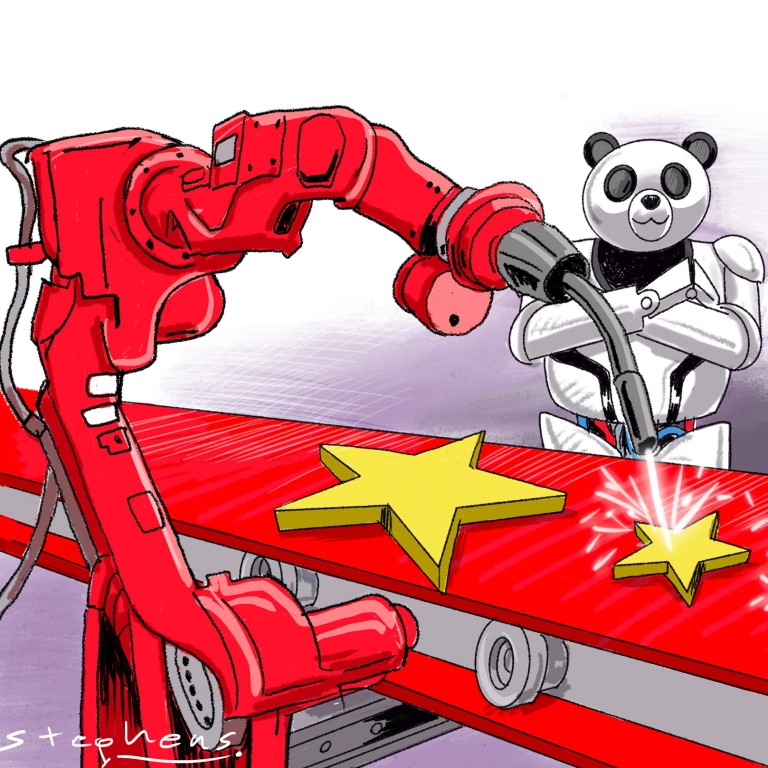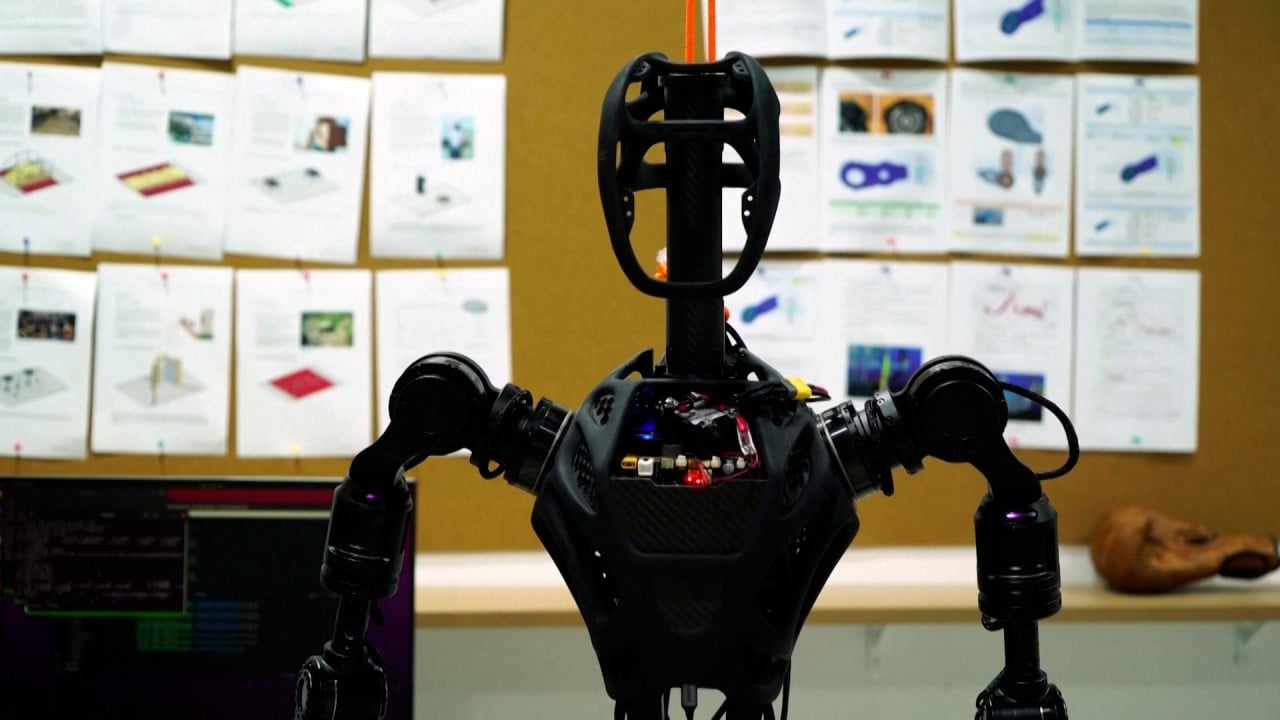
Greying China is poised to reap a new economic dividend: robotics
- As the population shrinks, China is looking to compensate for a dwindling youth dividend with robotics. Already the world’s largest market for industrial robots, it is now a manufacturer to be reckoned with too
Looking back on China’s reform and opening up, its success was predicated on two pillars: institutional deregulation and the demographic dividends of a young and growing population. Such dividends, however, are evaporating at an accelerated pace.
The apex of China’s demographic dividends was probably around 2010. Data suggests the nation’s workforce as a share of its population rose from 58 per cent in 1979, when economic reforms started, to a high of about 74 per cent in 2010.
Things, however, took a turn for the worse after that. Young migrants, reluctant to take on back-breaking work like their parents, began to leave the factories in droves between 2010 and 2014. During that period, traditional manufacturing hubs like the Pearl and Yangtze river delta regions experienced an exodus of labour and widespread hiring difficulties.
A centrepiece of this strategy was the wider introduction of industrial robots to automate the manufacturing sector. That’s how the substitution of human employees by robots began in certain sections of the economy, taking over jobs that are tedious, dreary and monotonous.
Will the pattern seen in industrial robotics repeat in other areas, say, in service or humanoid robotics?
There are ample reasons to believe it will. The penetration of commercial robots, such as robot vacuums or delivery bots, has grown apace over the past few years. Demand for these will only surge as the ageing issue looms large.
On the supply side, China has two unparalleled advantages in robotics. Its world-famous supply chain strengths allow its manufacturers to roll out products of roughly the same specifications, but at a fraction of the costs incurred in developed nations.
Another lesser-known strength is its engineering dividend. China has an army of engineers who can be just as capable as their Western counterparts but are often paid less for their work. In other words, it is easier for businesses to source their pool of talent without breaking the bank.
Largely exempt from the threat of another chip embargo, the nation’s thriving robotic space has come a long way in constructing key technologies, such as sensors, servo motors, reducers, actuators and the related algorithms. These technologies may not be as advanced and refined as imports, but they suffice for now to cover the needs of Chinese companies and give them an edge over the competition.
Why many in China see AI as a force for good
And that is just the hardware part. The software side of the equation is a different matter. Due to curbs on its chip imports, China, which already lags behind the US in the generative AI race, will struggle simply to keep pace and avoid falling further behind.
That said, physical AI agents like robots are critical to the realisation of an embodied AI, however formidable large language models are set to become. For now, China is inclined to gradually pivot from its reliance on demographic dividends to embrace its new-found “robotic dividends”. This might be the only positive implication for a country with a ticking demographic time bomb.
Ni Tao is a journalist-turned-entrepreneur who specialises in cross-cultural communication. He is an independent business analyst and university lecturer



